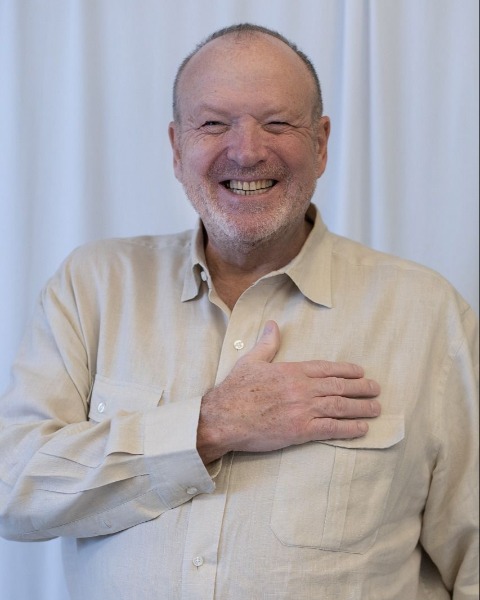Concurrent Block #8
Special Interest
PAD Program Succcess: Lessons from Brazil and Switzerland
First Successful Targeted Automated External Defibrillator (AED) Program in Latin America – 15 years after implementation
Saturday, December 2, 2023
10:25 AM - 10:50 AM PST
Location: Sunset Rooms 1 - 3

Sergio Timerman, Prof. Sérgio Timerman
Professor
Heart Institute
Sao Paulo, Sao Paulo, BrazilDisclosure(s): No financial relationships to disclose
Primary Presenter(s)
Disclosure(s):
Sergio Timerman, Prof. Sérgio Timerman: No financial relationships to disclose
Summary: After 15 years of trying, survival outcomes significantly improve for the Sao Paulo subway system riders who experience sudden cardiac arrest. This improvement is concurrent with implementation of a PAD program for the subway. Learn how this happened and why further improvement in bystander CPR is needed.
Synopsis: The subway of Sao Paulo is an important transport system, with 3.3 million riders each day. Over the last 15 years, the guards and subway workers received first aid, CPR and AED training. Survival outcomes have improved, concurrent with implementation of a PAD program in the subway. Learn how this was accomplished and what challenges remain.
Synopsis: The subway of Sao Paulo is an important transport system, with 3.3 million riders each day. Over the last 15 years, the guards and subway workers received first aid, CPR and AED training. Survival outcomes have improved, concurrent with implementation of a PAD program in the subway. Learn how this was accomplished and what challenges remain.
Learning Objectives:
- This presentation will include ways to educate citizens that can lead to a comprehensive change to a culture of excellence and improved CPR training in the community, schools and workplace.
- This presentation will discuss how to implement three (3) elements of a comprehensive dispatch CPR and/or rapid dispatch program.
- This presentation will discuss ways to advance Public Access AED placement and utilization.
- This presentation will include components of a high quality collaborative cardiovascular and resuscitation program in a dispatch, EMS and / or healthcare system that has demonstrated improvement in survival from SCA.
- This presentation will include strategies for implementing data collection and quality improvement programs in an ECC system to support accountability and reporting.
- This presentation will describe three (3) strategies for implementing effective support systems for cardiac arrest victims, survivors and their families and rescuers.
- This presentation will describe one or more survivor / rescuer stories that can be used to illustrate an effective chain of survival for cardiac arrest.
